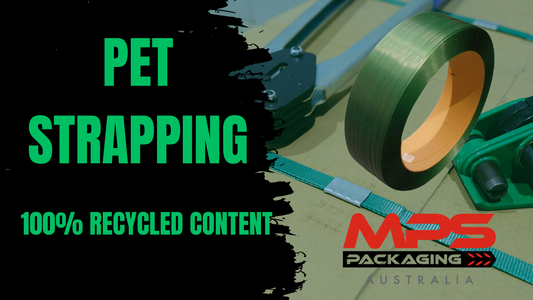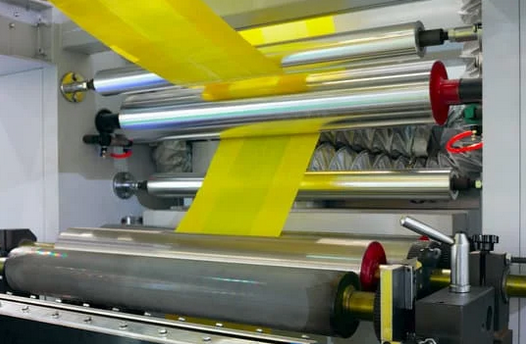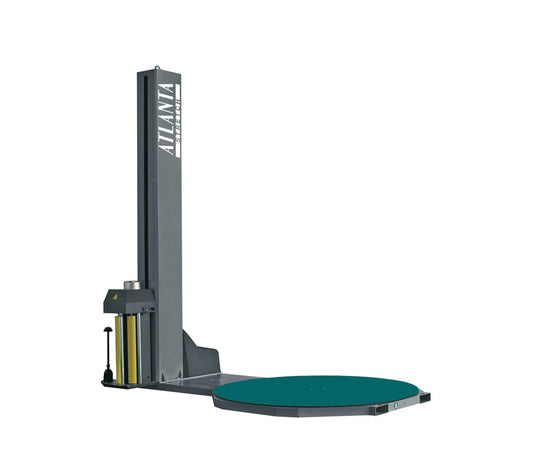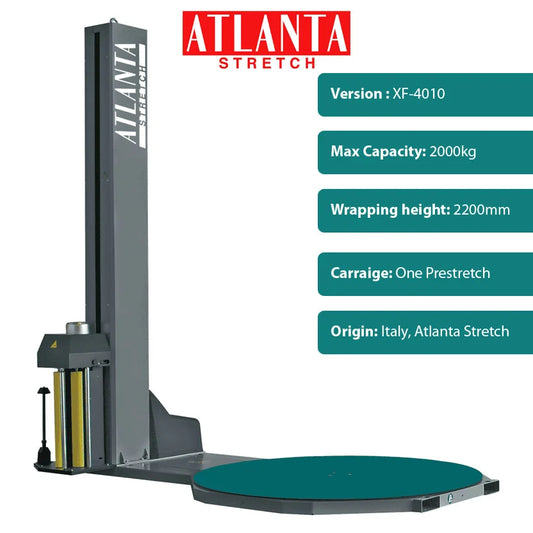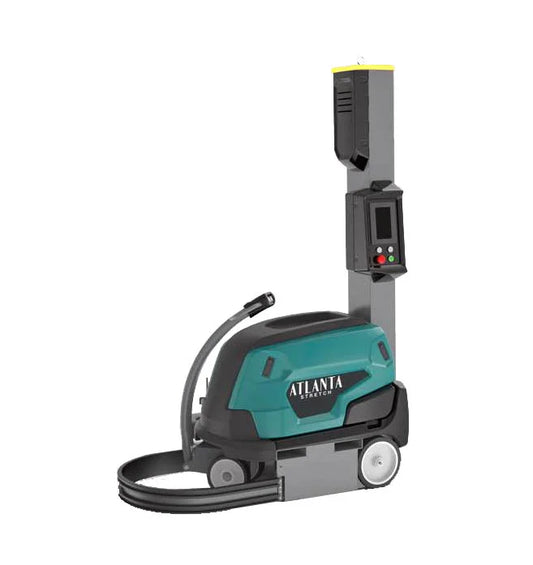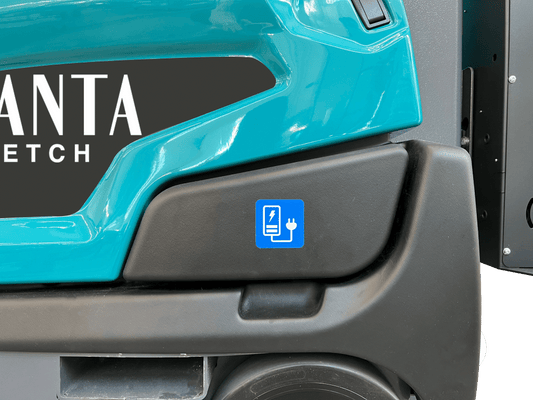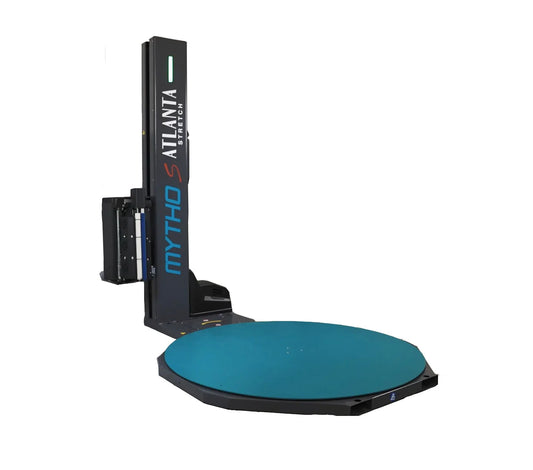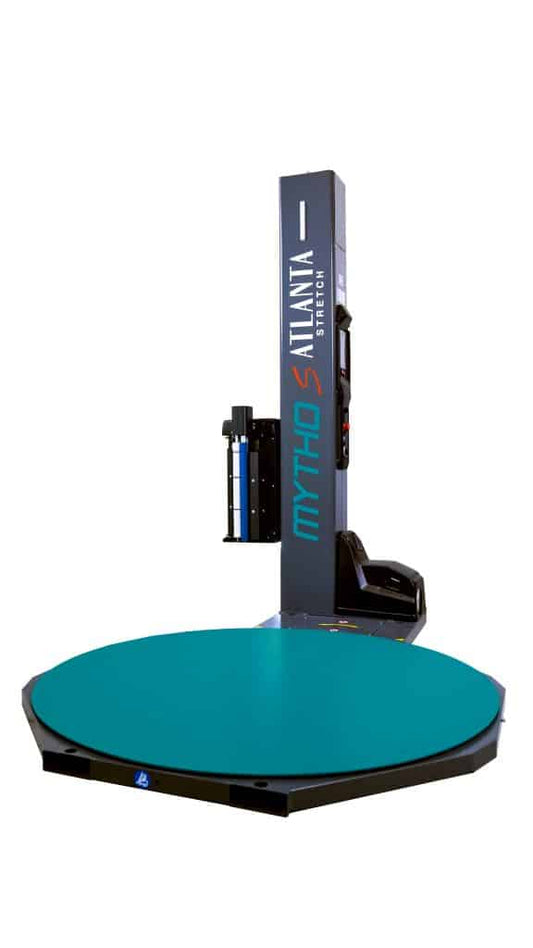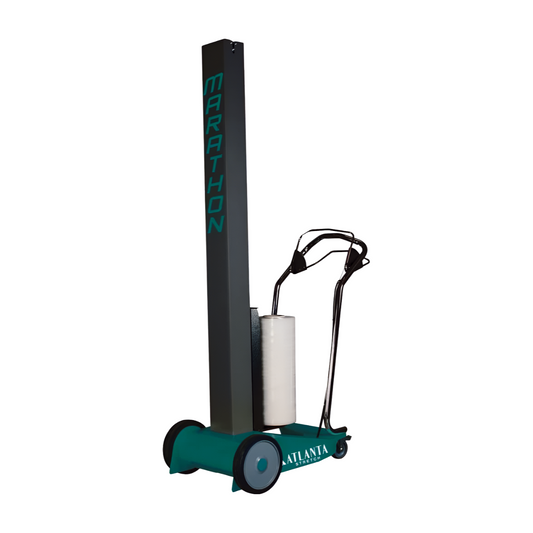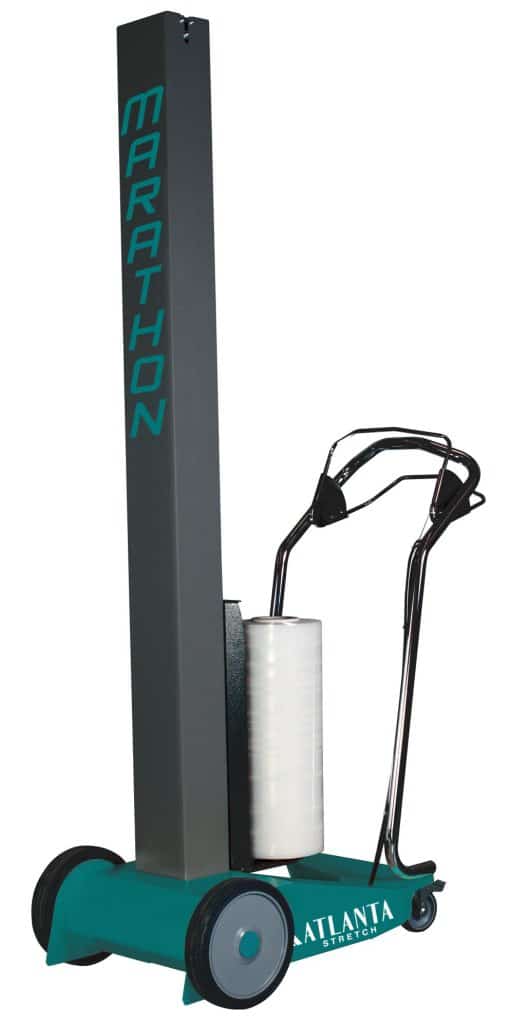As the demand for sustainable packaging solutions grows, PBAT (Polybutylene Adipate Terephthalate) is emerging as a key player in the transition towards eco-friendly alternatives. At MPS Packaging Australia, we are committed to helping businesses make informed choices about biodegradable materials. Let’s take a closer look at what PBAT is, how it’s used, and why it’s transforming the packaging industry.
What is PBAT?
PBAT is a biodegradable and compostable polymer known for its flexibility and durability. Chemically, it is a copolyester made from butanediol, adipic acid, and terephthalic acid. Unlike traditional plastics, PBAT can break down into water, CO₂, and biomass under composting conditions, making it an excellent alternative for single-use plastic applications.
Key Properties of PBAT:
Biodegradable & Compostable – Decomposes in industrial composting facilities within 6-12 weeks.
Flexible & Durable – Similar in elasticity and strength to LDPE (Low-Density Polyethylene).
Thermoplastic – Can be processed using traditional plastic-making methods like extrusion and injection molding.
Blends Well – Often combined with PLA (Polylactic Acid) or starch to enhance its mechanical properties.
How PBAT is Used in Stretch Film
One of the most exciting applications of PBAT is in biodegradable stretch films, offering businesses a sustainable alternative to traditional pallet wrap. Here’s how PBAT-based stretch films work:
-
PBAT is Blended for Strength – To maintain stretchability and tear resistance, PBAT is often combined with PLA or starch.
-
Manufactured Using Traditional Processes – The film is made through blown or cast extrusion, just like conventional plastic films.
-
Retains Elasticity & Cling – Provides secure wrapping for goods while being compostable after use.
-
Reduces Plastic Waste – Once discarded, PBAT stretch film decomposes without leaving toxic residues.
Common Uses of PBAT Stretch Film:
-
Blended with Other Bioplastics
- PBAT is often combined with PLA (Polylactic Acid) or starch to improve film strength and elasticity while maintaining biodegradability.
- This blend ensures that the film remains stretchable, flexible, and tear-resistant, similar to conventional stretch films.
-
Manufactured Using Extrusion
- PBAT-based stretch films are produced using the same blown or cast extrusion processes as traditional plastic stretch films.
- The result is a thin, flexible film that can be used for pallet wrapping, food packaging, and agricultural applications.
-
Maintains High Elasticity & Cling
- PBAT films offer good elastic recovery and cling properties, making them suitable for wrapping goods securely.
- This makes PBAT stretch film ideal for logistics, warehouse storage, and transportation applications.
-
Biodegradability & Compostability
- Unlike regular plastic films, PBAT-based stretch films can break down in industrial composting conditions.
- They leave no toxic residues and degrade into water, CO₂, and biomass.
-
Uses in Sustainable Packaging
- PBAT stretch films are popular in eco-friendly packaging solutions for food wrap, pallet wrap, and e-commerce shipments.
- Some versions are even home-compostable, offering a completely waste-free alternative to traditional plastic.
PBAT vs. Other Bioplastics: How Does It Compare?
| Feature | PBAT | PLA (Polylactic Acid) | PHA (Polyhydroxyalkanoates) |
|---|---|---|---|
| Flexibility | High | Low (brittle) | Moderate |
| Compostability | Industrial & Some Home | Industrial Only | Home & Marine |
| Strength | Moderate | High | High |
| Cost | Moderate | Lower | Higher |
PBAT stands out due to its combination of flexibility, strength, and industrial compostability, making it one of the most versatile biodegradable plastics available.
Challenges & Future Developments in PBAT
While PBAT offers many benefits, there are still some challenges:
-
Higher Cost Compared to Conventional Plastics – However, prices are decreasing as production scales up.
-
Not 100% Bio-Based – PBAT contains some fossil fuel-derived components, though research into bio-based PBAT is ongoing.
-
Recycling Challenges – PBAT is designed to degrade, making it unsuitable for traditional plastic recycling systems.
Future Trends in PBAT Development
- Increased Production: As demand for biodegradable plastics grows, PBAT production is expanding.
- Bio-Based PBAT: Research is ongoing to replace fossil-fuel-derived components with plant-based alternatives.
- Stronger & Cheaper Blends: Scientists are working on PBAT+PLA blends to enhance mechanical properties while lowering costs.
1. PBAT’s Chemical Composition & Properties
- Chemical Makeup: PBAT is a copolyester made from butanediol, adipic acid, and terephthalic acid.
- Flexible & Tough: It has properties similar to LDPE (Low-Density Polyethylene), making it tear-resistant and stretchable.
- Thermoplastic Nature: PBAT softens with heat, allowing it to be processed using traditional plastic-making methods like extrusion, injection molding, and film blowing.
2. PBAT’s Degradability & Composting Process
- PBAT biodegrades in industrial composting conditions due to microbial activity breaking down its ester bonds.
- It typically decomposes in 6–12 weeks under the right conditions.
- Some PBAT blends are home-compostable, but this depends on additives and thickness.
3. PBAT in Packaging & Industrial Applications
- Compostable Films & Bags: Used in shopping bags, garbage bags, and food wrap.
- Agricultural Films: Mulch films that naturally degrade after a growing season, reducing plastic waste.
- 3D Printing Filaments: Blended with PLA to create flexible, biodegradable filaments.
- Medical Applications: Potential use in biodegradable sutures and medical packaging.
4. Challenges & Considerations
- Cost: PBAT is more expensive than traditional plastics, though costs are decreasing.
- Not Fully Bio-Based: PBAT contains petroleum-based components, but efforts are being made to produce bio-based PBAT.
- Recycling Challenges: Unlike PET or PP, PBAT is designed to degrade rather than be recycled.
Why Choose PBAT for Your Packaging Needs?
At MPS Packaging Australia, we believe in the future of biodegradable materials like PBAT. If you’re looking for biodegradable stretch film, PBAT offers a reliable, eco-friendly alternative.



